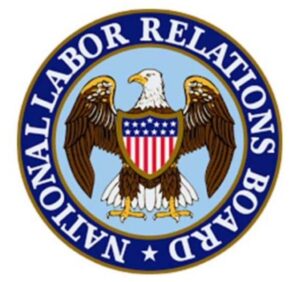Joint Employment – What You Need to Know about the NLRB Ruling
by Paul Devlin

The final rule issued by the National Labor Relations Board (NLRB) on joint-employment is a significant development that could have profound implications for businesses. The rule, published on October 27, 2023, and set to take effect today, February 26, 2024, provides a new standard for determining when two or more entities can be considered joint employers of a group of employees.
The most striking aspect of this rule is the expansion of the definition of a joint employer. Under the new rule, a business is considered a joint employer if it has the right to exercise control over any of seven enumerated terms or conditions. This broadens the net considerably and could potentially bring many more businesses under the purview of joint-employer status.
With the expanded definition, businesses may need to reassess their relationships with contractors, franchisees, and other entities to ensure they are not inadvertently falling into the category of a joint employer. This could involve a thorough review of contracts and operational practices.
To stay prepared and protect themselves from legal issues related to joint-employment, businesses should consider the following steps:
-
Review Existing Relationships: Businesses should review their existing relationships with other entities, such as contractors and franchisees, to determine if they could be considered joint employers under the new rule.
-
Update Contracts: If necessary, businesses should update their contracts to clearly define the terms and conditions of the relationship and limit the potential for joint-employer status.
-
Seek Legal Advice: Given the complexity of the new rule and its potential implications, businesses should consider seeking legal advice to ensure they are fully compliant.
-
Stay Informed: Businesses should keep abreast of any further developments or clarifications regarding the new rule and adjust their practices accordingly.
While the final rule on joint-employment presents potential challenges for businesses, proactive preparation can help mitigate the risks and ensure compliance with the new regulations.
This article does not constitute legal advice



